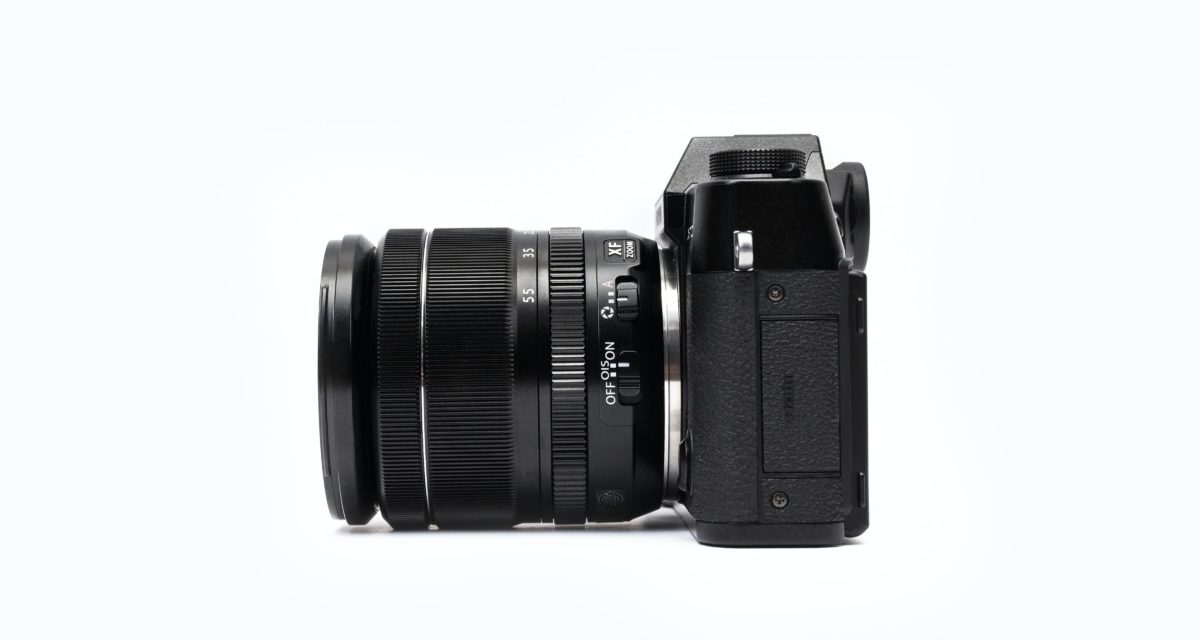[ad_1]
In today's quickly changing technology front, video conferencing has evolved to “simple to use” services that are based in the cloud. No longer do you need expensive hardware i.e. video cameras, video switching systems and monitors placed around a conference table. All that is needed is a desktop or laptop with a webcam and a good Internet connection for you and your conferees and you are good to go. These new services are called desktop video conferencing services and there are some features that you need to look for when choosing one of these services.
First of all, you want to make sure the video is HD or high definition quality video. The HD quality is a much brighter and more crisp video picture. It is not fuzzy or washed out in color. The colors are vivid and look more like you are in the room with your conferees.
Secondly, you want to look at how the audio is being handled. Do you have to dial into a separate conference bridge or is the audio included in the desktop service? Actually both solutions are viable. Voice over Internet protocol (VOIP) audio is a good feature to have on a video service, but you will probably find that the quality is better for conferences with a small number of parties, say five to ten parties on each call. As you add more parties, the chance of one of the parties having an inferior Internet connection becomes greater, leading to an increased chance of noise or jitter on the audio part of the call. With VOIP audio, the service should be able to be completely recorded on one recording.
Using conference bridge audio provides the best quality audio even at large number of participants. A call of one hundred or more can be handled perfectly by the use of a conference bridge.
The next feature that you should look for is web conferencing tools. The service you select should have the common web conferencing tools, such as PowerPoint slide presentations. There should be a link to enable PowerPoint slides to be uploaded and stored in the cloud for current and future use. In addition, desktop sharing should be included, allowing you to share files stored on your desktop. You can bring up a document and allow conferees to make changes and collaborate on the modifications. Annotation tools should be available to assist in marking up contracts and documents. A live chat feature should also be included for private chating with individual conferees or to the group. Polling should also be included as another feature.
The ultimate tool that you select should contain all three teleconferencing technologies, HD quality video, VOIP audio and all of the web conferencing tools, all rolled up into one recordable service in the cloud. The service allows for you to view all of your conferees on your monitor simultaneously, hear what everyone is saying and be able to collaborate on documents and presentations. These services are typically priced on a flat rate, unlimited usage basis, based upon the number of conferees on your calls.
There are many desktop video conferencing services available to choose from so when you do your due diligence, make sure that these features outlined above are present in the service you select.
[ad_2]
Source by Michael R. Burns

